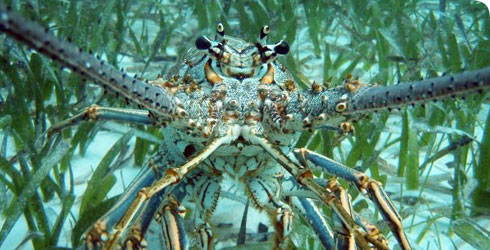Panulirus argus (Caribbean spiny lobster)
Panulirus argus (the Caribbean spiny lobster) fishery is one of the most important in the Caribbean. Catches have declined by 55% in the last decade because of intensive fishing and change to their habitat.
Spiny lobsters do not have large claws instead they defend themselves with their whip-like antennae.
These animals are famous for their migratory marches. During autumn they head for deep water in long processions, single file. They are one of the few invertebrates capable of true navigation and may use ‘maps’ of the Earth’s magnetic field
Species detail
-

Taxonomy
Find out how Caribbean spiny lobsters defend themselves and learn the origins of their scientific name.
-

Distribution
Discover where the nocturnal Caribbean spiny lobster can be found.
-

Biology
Read about the growth pattern of Panulirus argus, including the molting process, which occurs around four times per year.
-

Behaviour
Caribbean spiny lobsters live in groups, performing migratory marches and defending themselves against predators together. Find out more about the fascinating behaviour of these lobsters.
-

Fishery
Catches of the spiny lobster are down 55% in the last decade, partly due to intensive fishing. Learn more about the fishery of Panulirus argus.
-

References
Get reference material for Panulirus argus (the Caribbean spiny lobster).
Images
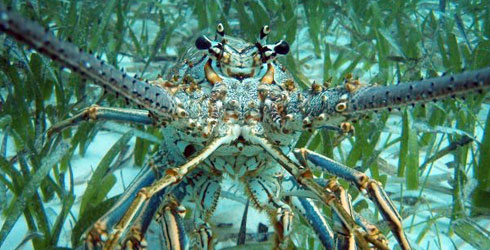
Panulirus argus (the Caribbean spiny lobster) © Nathaniel Pinder 2009
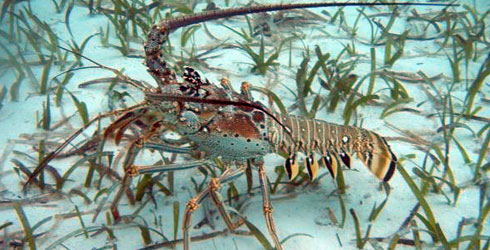
Due to their hard shells (exoskeletons), spiny lobsters have to shed them to grow. © Nathaniel Pinder 2009
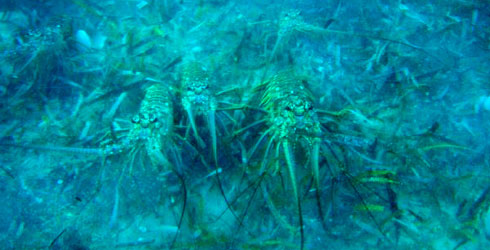
Caribbean spiny lobsters are social animals and live in groups. © Nathaniel Pinder 2009

Caribbean spiny lobsters occur throughout the shallow tropical and sub-tropical western Atlantic, from the coasts of Brazil up to North Carolina in the USA. © Nathaniel Pinder 2009
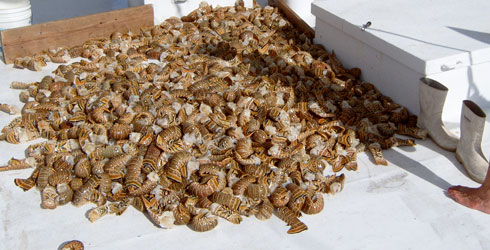
At its peak spiny lobster fishery was worth over US$300,000 to fishermen.
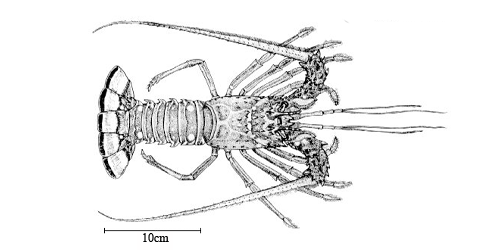
Caribbean spiny lobsters defend themselves with their whip-like antennae. © FAO Fisheries department
Author
Nicholas Higgs PhD student
Zoology Polychaete Research Group
Department of Zoology
